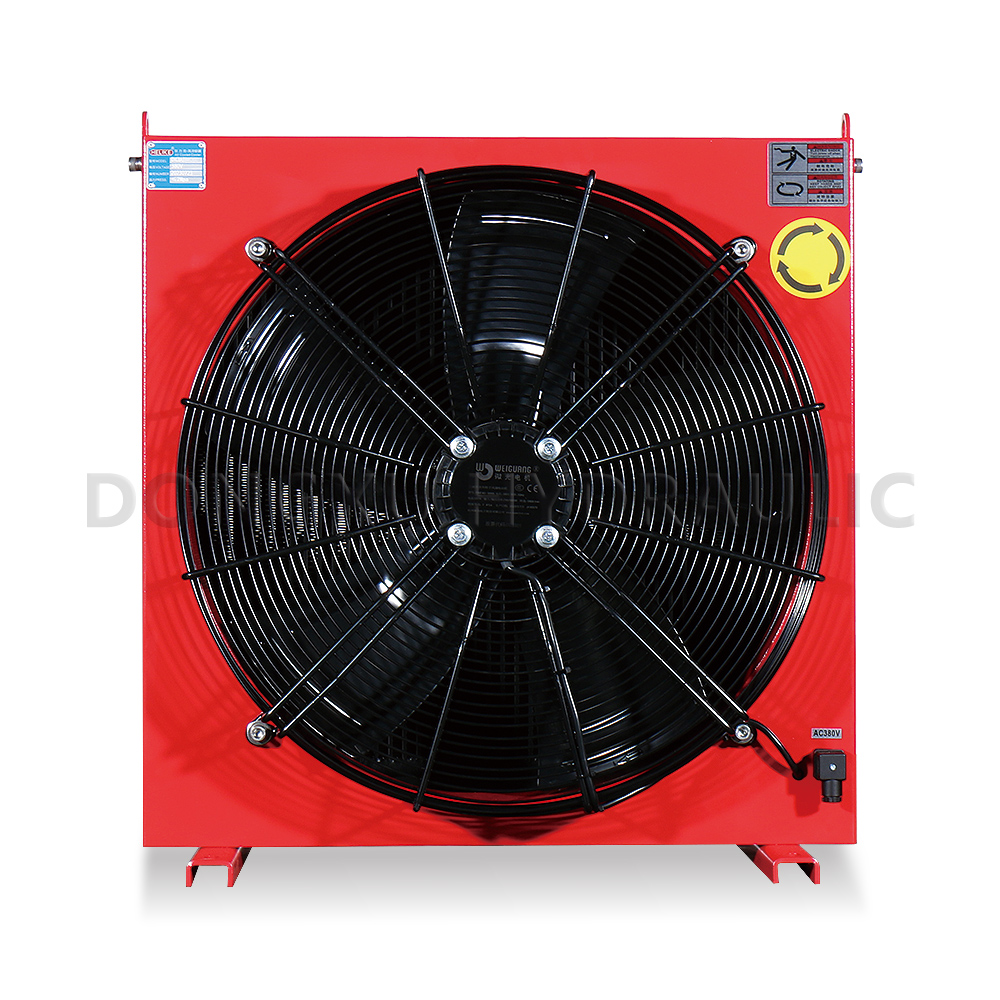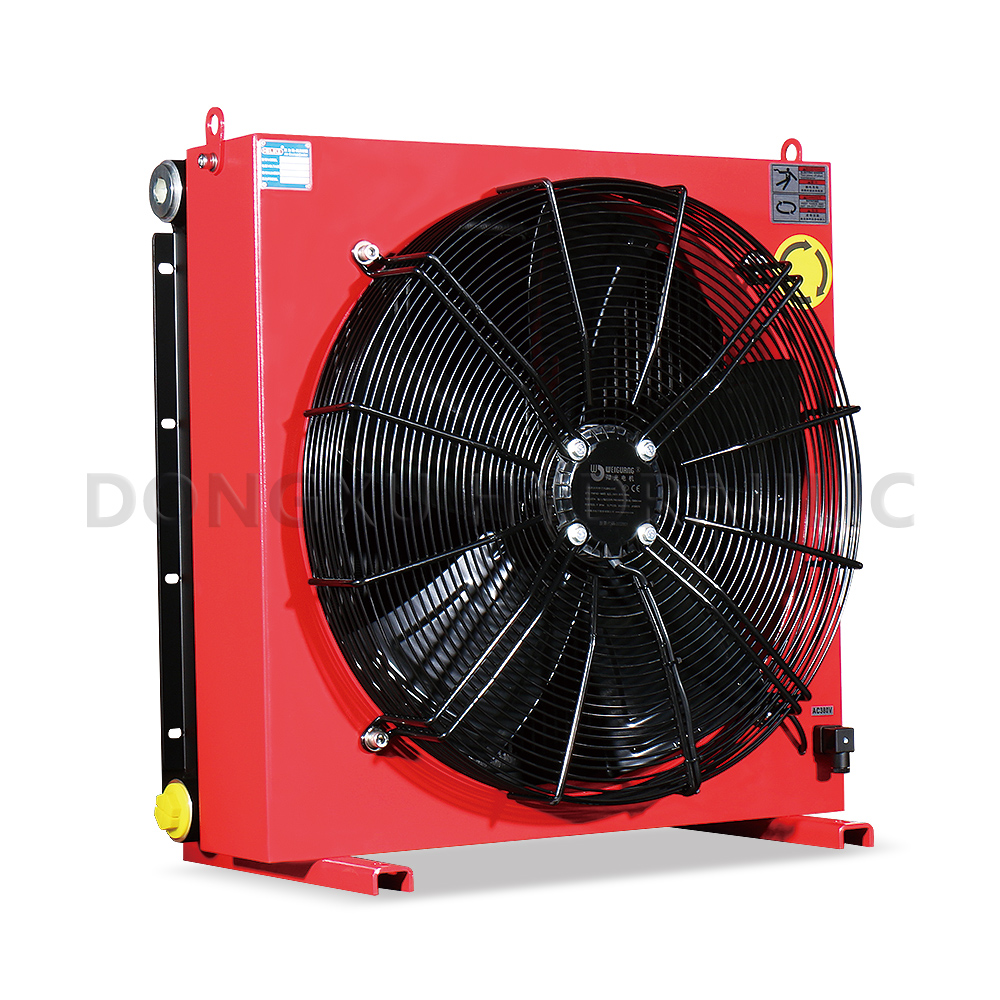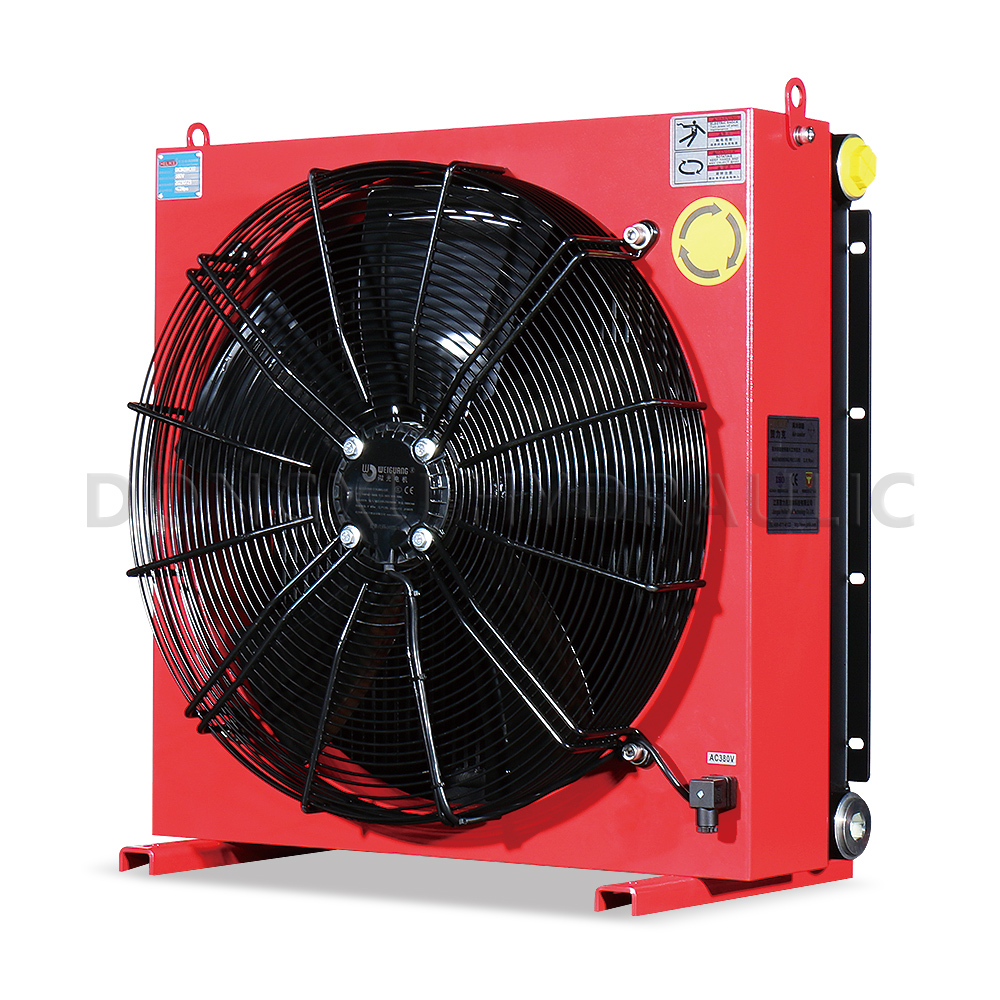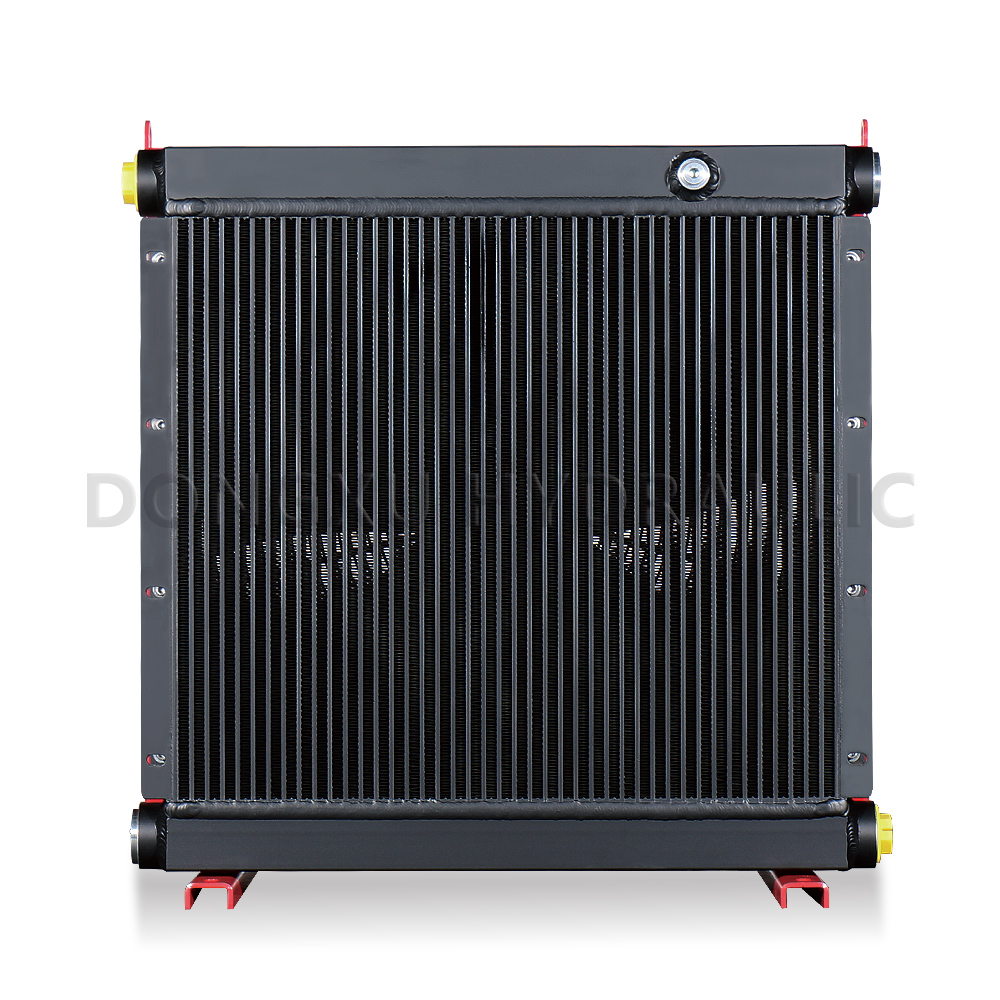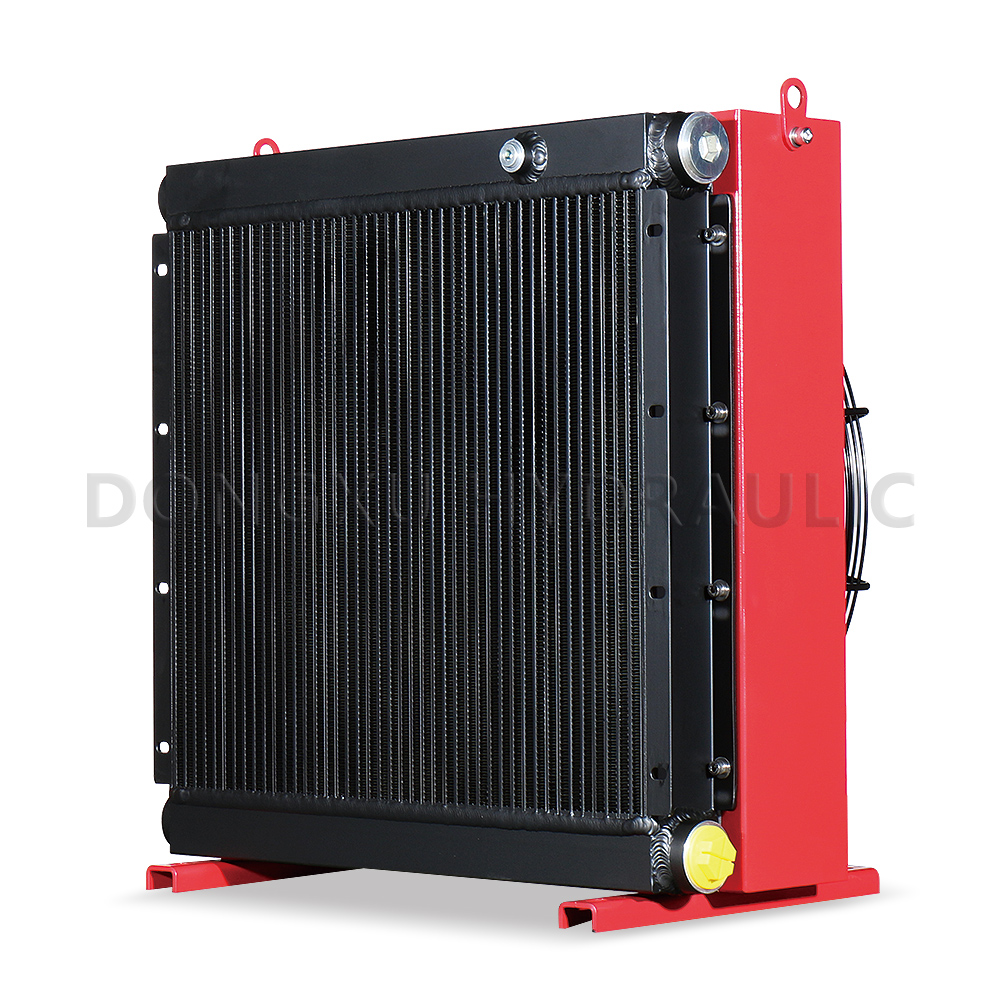一、Introduction
The plate heat exchanger is a commonly used heat exchange equipment, widely used in chemical, petroleum, electrical, food, and other industries. This article will introduce the working principle of plate heat exchanger in detail, including structural composition, working process, and heat transfer principle.
二、Structural composition
1. The plate heat exchanger consists of a series of metal plates arranged in parallel. Each plate is tightly connected by sealing plates and bolts to form a sealed heat exchange cavity.
2. The inner part of the heat exchange cavity is composed of cold channels and hot channels. Cold runners and hot runners are arranged alternately, and heat is transferred through the contact surface between the plates.
3. The plate heat exchanger also includes auxiliary equipment such as inlet and outlet pipes, supporting frames, and sealing devices.
三、Work process
1. Working principle: Plate heat exchanger uses the temperature difference between hot and cold media to realize the transfer of thermal energy by thermal conduction between the plates.
2. Supply: hot and cold fluids enter the cold runners and hot runners of the plate heat exchanger through the inlet and outlet pipes.
3. Flow: Hot and cold fluids flow through cold runners and hot runners, and heat transfer occurs through the contact surface between the plates.
4. Heat Transfer: Heat transfer between hot and cold media is achieved by thermal conduction between the plates. The cold media absorbs heat from the hot runners and the hot media releases heat from the cold runners.
5. Discharge: The hot and cold media leave the plate heat exchanger through the outlet pipe to complete the thermal energy transfer process.
四、Principle of heat transfer
1. Convective heat transfer: During the flow process of hot and cold fluids, thermal energy is transferred by convective heat transfer. The higher the flow rate, the better the heat transfer effect.
2. Thermal conduction: The contact surface between the plates transfers thermal energy by thermal conduction. The thermal conductivity of the plate has a significant impact on the heat transfer effect.
3. Heat exchange area: The heat exchange area of the plate heat exchanger determines the heat transfer effect. The larger the heat exchange area, the better the heat transfer effect.
4. Temperature difference: The greater the temperature difference between hot and cold media, the better the heat transfer effect.
五、Summary
The plate heat exchanger is a commonly used heat exchange equipment that realizes the transfer of thermal energy between hot and cold media through thermal conduction between the plates. It has the advantages of high thermal efficiency, compact structure, and easy maintenance, and is widely used in chemical, petroleum, electrical, food, and other industries. Understanding the working principle of plate heat exchangers is of great importance for the correct use and maintenance of plate heat exchangers.
Post time: Nov-16-2023
